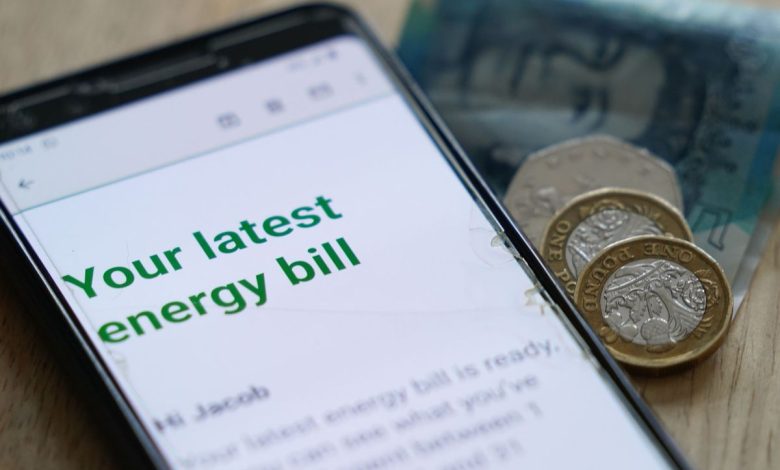Energy price cap set to fall in July, according to forecast

The world of energy prices can be a complex and unpredictable beast, but for households in the UK, there’s a bit of good news on the horizon. According to a forecast from energy consultancy Cornwall Insight, household energy bills are set to fall by 9% in July, which translates to a £166 reduction, bringing the typical household energy bill down to £1,683. This welcome decrease is largely due to a slump in global gas prices, which has been caused in part by US President Donald Trump’s trade tariffs. The tariffs have sparked fears of weaker economic growth worldwide, leading to a decrease in demand for oil and gas. Additionally, a period of warmer weather has also contributed to the fall in energy demand, which has further driven down prices.
But before we get too excited, it’s essential to take a step back and look at the bigger picture. Craig Lowrey, principal consultant at Cornwall Insight, cautions that the situation is far from certain. The unpredictable policy changes coming from the US mean that the market could shift again before July, and we’ve all seen how quickly markets can rise and fall. The fact that the market dropped so quickly shows just how vulnerable it is to geopolitical and market shifts. Ofgem, the regulator, will confirm the new price cap for July to September on May 27, and while a fall in bills will always be welcomed by households, it’s crucial not to get ahead of ourselves. We need to remember that energy prices can be volatile, and what goes down can quickly go back up.
The energy price cap, introduced by the Government in January 2019, sets a maximum price that energy suppliers can charge consumers in England, Scotland, and Wales for each kilowatt hour (kWh) of energy they use. While the cap is significantly lower than at the peak of the energy crisis, which was fuelled by Russia’s invasion of Ukraine in February 2022, bills remain much higher than historic levels. In fact, the cap was just £1,138 in April 2021, nearly one-third lower than the most recent forecast. This highlights just how much energy prices have fluctuated in recent years and how sensitive they are to global events.
As the Government pushes ahead with its policy of building out renewable energy, with a goal of reaching 95% clean power across the electricity grid by 2030, it’s clear that there’s a long-term vision for a more sustainable energy future. However, in the short term, households are still vulnerable to the whims of the global energy market. Mr. Lowrey emphasizes that the only real way to protect households from this constant cycle of instability and insecurity is to reduce our dependence on international wholesale markets. By focusing on growing low-carbon energy generation in Great Britain, we can build a more secure and sustainable energy future. This is a crucial step towards shielding households from the unpredictable nature of global energy prices.
The importance of renewable energy cannot be overstated. As the world grapples with the challenges of climate change, it’s essential that we transition towards cleaner, more sustainable sources of energy. The UK’s goal of reaching 95% clean power by 2030 is ambitious, but it’s a necessary step towards reducing our reliance on fossil fuels and mitigating the impact of climate change. Furthermore, by investing in renewable energy, we can create jobs, stimulate local economies, and ensure that our energy supply is more resilient to global shocks. While the fall in energy prices is welcome news for households, it’s essential that we don’t lose sight of the bigger picture and the need for a long-term, sustainable energy strategy.
In conclusion, while the forecast of a 9% fall in household energy bills is certainly good news, it’s essential to approach this development with caution. The energy market is inherently unpredictable, and we’ve seen how quickly prices can fluctuate in response to global events. As we look to the future, it’s clear that reducing our dependence on international wholesale markets and investing in renewable energy is the key to building a more secure and sustainable energy future. By doing so, we can shield households from the unpredictable nature of global energy prices and create a more resilient, low-carbon energy system that benefits everyone. As Mr. Lowrey so aptly puts it, “the only real way to protect households from this constant cycle of instability and insecurity is to reduce our dependence on international wholesale markets.” Let’s hope that policymakers and energy leaders take heed of this advice and work towards a brighter, more sustainable energy future for all.








